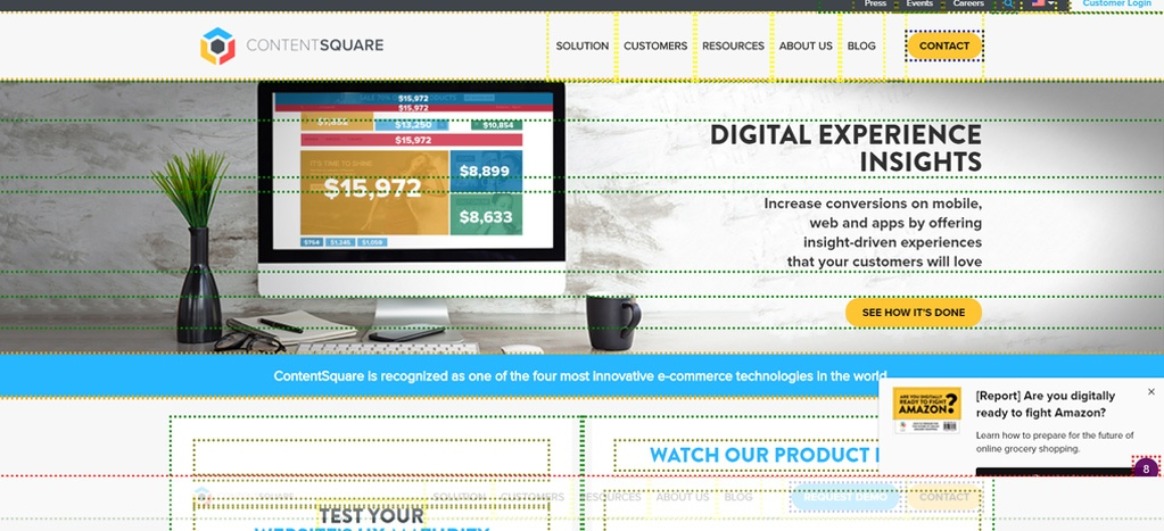The last time you were browsing a website to purchase something, what path did you take on the website to get to checkout? When your mouse paused on that one pair of shoes for an extended period time was that because you were deep in consideration, or did your cell phone ring? Did you read the product description before buying, or did you buy based on the pictures alone? How do you think the same buyer in Germany interacted with the site before purchasing? It is no longer enough for companies to simply understand the consumer journey. Understanding why a consumer took a certain path, and then how to manipulate that path to a higher conversion to action (to buy, read, sign up, or anything else) has become essential to any business with a digital footprint. As digital properties have become ubiquitous and more robust, these tasks have become overwhelming for organizations of all sizes.
In Silicon Valley, every consumer facing business is “digitally native.” It’s a foregone conclusion that consumers will interact with brands of all types both offline, and increasingly, online. We’re (surprisingly) still somewhat early in that transition as evidenced by the fact that ecommerce sales as a total percent of retail is just under 10% today.
When I met Jonathan Cherki, the CEO and Founder of ContentSquare late last year, I was immediately impressed not only with the usability of the tools he was building – but with the rapid ROI he was driving for customers across many categories. At the highest level, ContentSquare provides insights on its customers digital experiences. Their platform records a user’s mouse position and captures every touch, swipe, zoom, scroll, hesitation, hover, error, and interaction on a customer’s digital platform (web, mobile web and app). What differentiates this solution from the dozens of traditional analytics tools on the market today is its ability to go beyond explaining “what” is happening during a digital experience to “why” it’s happening, and then providing actionable insights to users across multiple functional areas of the organization (IT, marketing, product, etc).
Jonathan comes from a family of entrepreneurs, and after spending 15 minutes with him talking about the business, you get the sense that he is in the exact spot he’s meant to be in – building a technology company.
Jonathan bootstrapped ContentSquare for 4 years, achieving significant ARR before raising its first institutional round in October of 2016. Bootstrapping a SaaS business to that kind of revenue requires two things: a differentiated and sticky product, and efficient sales efforts. ContentSquare does both and, as a result, has some of the best SaaS metrics we’ve seen. In addition to operational excellence, the company is building a product for a market that is rapidly growing and in need of this solution – their diverse set of customers include enterprises like Unilever, Goldman Sachs, WalMart, Tiffany & Co., Vanity Fair, Michelin and Celgene.
The company’s performance to date has been exceptional, but as they step further on the gas with the Series B, two factors have us very excited about the potential market size. First, the shift in consumer-facing businesses from offline to online means that a company’s UX interface IS the new relationship between brands and consumers. Second, the saturation and increased cost of online marketing means companies will divert marketing resources to UX optimization instead. Every business with a website (read: every business) will benefit from this product.
Thank you to Jonathan and the rest of the team at ContentSquare for bringing us along on this mission, and welcome to the Canaan family!
